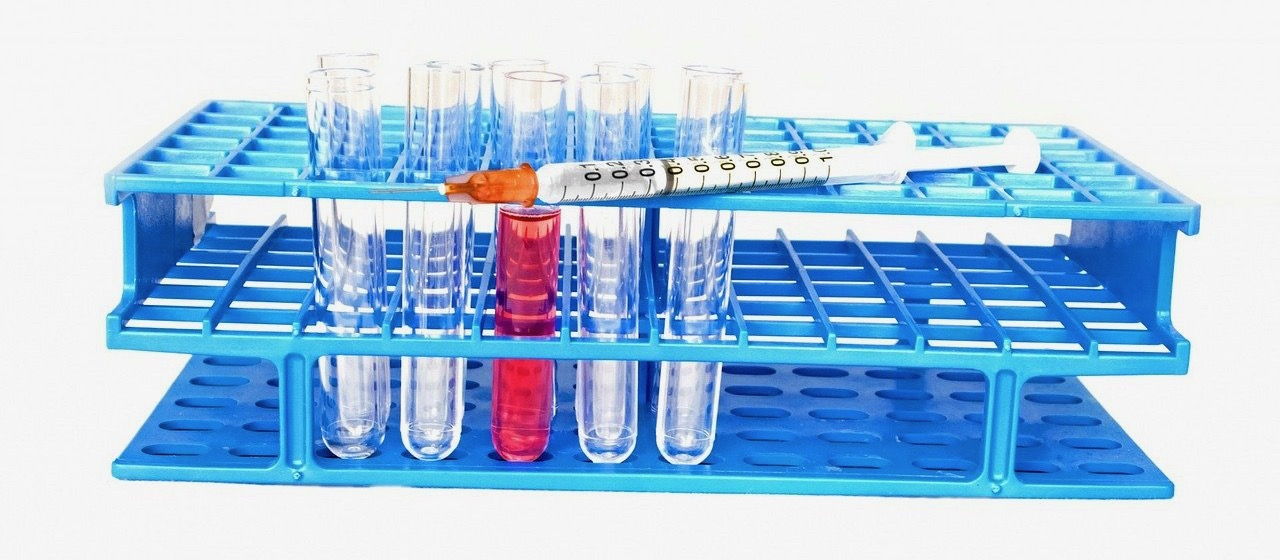The Food and Drug Administration in the U.S. is under pressure to fast track drugs that may be helpful in the treatment of COVID-19. Remdesivir, originally approved for Ebola, may be helpful, as may the anti-malaria drugs chloroquine and hydroxychloroquine. However, the safety/efficacy profile of these medications has to be clarified before they are used on a large scale to treat a disease for which they have not been studied. It is instructive at this time to reflect on the situation that gave the FDA the power to regulate drugs. That takes us back to 1938 and the passage of the Foods and Drugs Act.
It was in 1937 that the little girl’s parents took her to the doctor because she had a sore throat that just wouldn't go away. Say "Ahhhh," the physician said and quickly diagnosed a streptococcal infection. "Do you like raspberry syrup?" he asked? "Sure do!" And with that, mother and daughter were on their way to the local druggist to fill the prescription for Elixir Sulfanilamide.
The doctor did not expect to see this patient again, since sulfanilamide, introduced a couple of years earlier, had proven its value not only against strep throat but against gonorrhea and meningitis as well. On many occasions, the doctor had prescribed sulfanilamide in the form of powders and pills with excellent results. But children had never liked taking pills and he was happy that finally, someone had come up with a tasty sweet syrup that would make the medicine go down easily. Elixir Sulfanilamide did just that. It also killed little Joan.
Death had not come quickly. There were days of vomiting, excruciating abdominal pain, and convulsions. When the suffering finally ended, a distraught mother wrote to President Roosevelt: "Even the memory of my little girl is mixed with sorrow for we can see her little body tossing to and fro and hear that little voice screaming with pain. It is my plea that you take steps to prevent the sale of such drugs that will take little lives and leave such suffering behind and such a bleak outlook on the future as I have tonight."
President Roosevelt heard this plea and took action. For this was not the first such case that had been brought to his attention. The Food and Drug Administration had informed him that over one hundred deaths had been attributed to Elixir Sulfanilamide. One single physician reported the deaths of six of his patients, including his best friend. In a heart-wrenching letter to the FDA he described his mental and spiritual agony over having innocently prescribed a deadly medication.
How could such a dangerous drug have made it to the marketplace? Easily. Incredible as it may now seem, at the time, drugs could be marketed without any sort of testing at all. Of course, it was not in any company's interest to sell harmful substances, but there were no legal safety requirements. This had to change, Roosevelt decreed, and within a year the 1938 Food and Drugs Act became law. Manufacturers would now have to seek government approval to sell a drug and to get such approval; they would have to prove that the product was safe. They still did not have to show that the drug effective! That requirement came only in 1962, on the heels of the thalidomide tragedy. It is important to learn from the past and make sure that drugs are not brought to market without sufficient testing.







